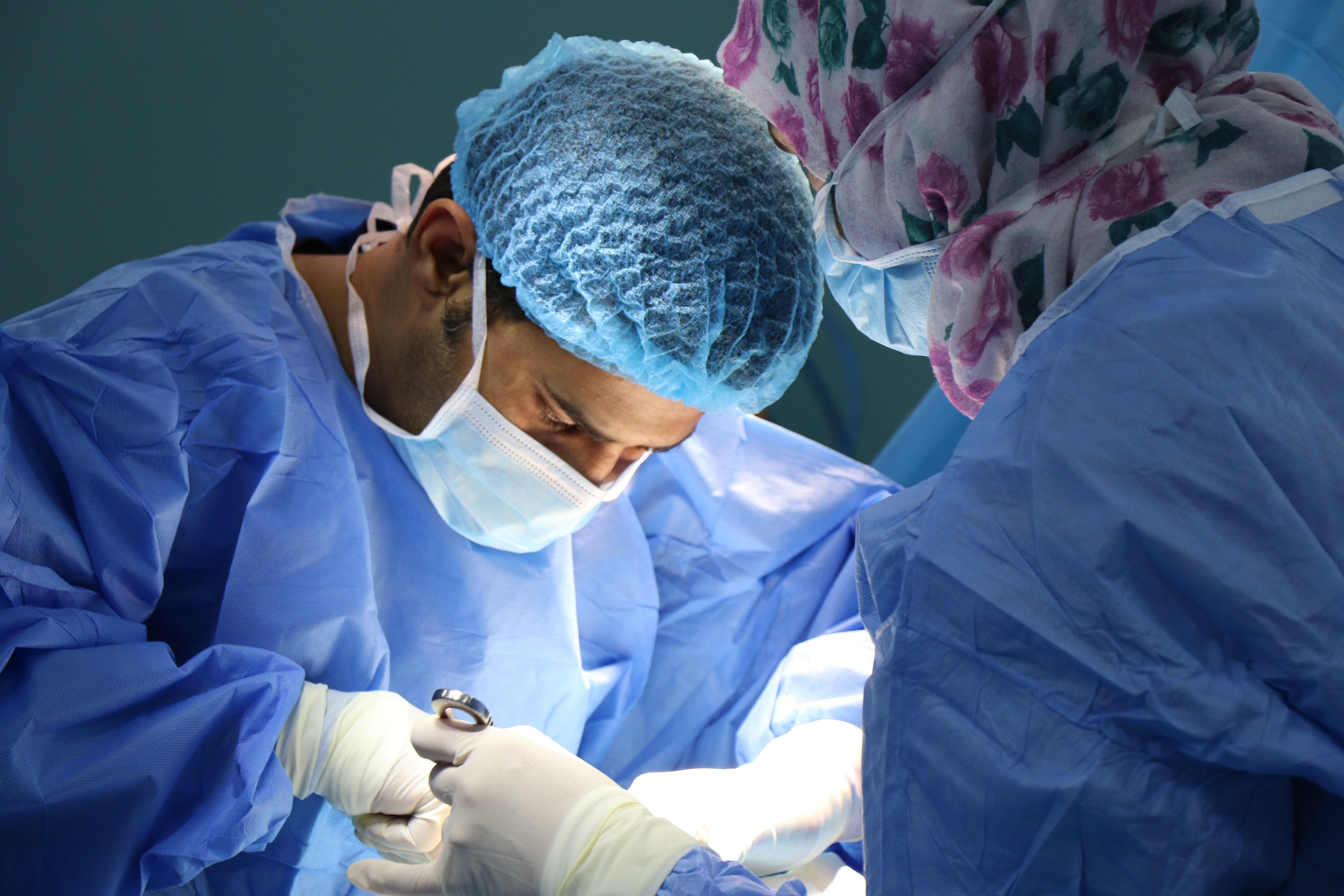Broad spectrum antibiotic prophylaxis is routinely used to reduce surgical site infections, but the stalled decline in rates of infection and increased infections from antimicrobial resistant bacteria have prompted a multi-point proposal to apply antibiotic stewardship in mitigating surgical infection risk.1
"Principles of antimicrobial stewardship and microbiome sciences can be applied to inform a more effective and sustainable approach to infection prevention in the field of surgery," declared Dustin Long, MD, Division of Critical Care Medicine, Department of Anesthesiology & Pain Medicine, University of Washington, Seattle, and colleagues.
They offer a 5-point framework for incorporating stewardship into surgical antibiotic prophylaxis:
- Avoid antibiotics in contexts where studies indicate they are not beneficial
- Consider antimicrobial strategies with lower-risk profiles
- Maximize the effect of antibiotic prophylaxis through more targeted use
- Leverage non-antibiotic surgical site infection prevention measures
- Consider new models of surgical site infection pathogenesis
While providing examples of antibiotic practices that should be avoided as not beneficial, such as in elective laparoscopic cholecystectomy without acute inflammation, Long and colleagues acknowledge the challenge of identifying those practices and procedures, and the related data.They also recognize concerns related to "the peeling back of a generally effective intervention."
What You Need to Know
The proposal advocates for integrating principles of antimicrobial stewardship and microbiome science to make SSI prevention more effective and sustainable.
Elective procedures without acute inflammation, like laparoscopic cholecystectomy, may not need antibiotics.
Research is encouraged into targeting bacterial virulence instead of viability to reduce SSIs without causing dysbiosis or resistance.
To address this hesitancy, they recommend at least 2 criteria for determining whether data support changing the antimicrobial prophylaxis for a particular procedure: That changes in technique have resulted in fundamentally lower risk of infection; and that most infections associated with the procedure are expected to be treated without irreversible consequence.
An example of an antimicrobial strategy with a lower stewardship risk profile is the combining a preoperative, minimally absorbed oral antibiotic with mechanical bowel preparation. Long and colleagues note, however, that while there are supportive data for this approach to reduce surgical site infections, there remains questions regarding dysbiosis.
They anticipate that future research into targeting bacterial virulence rather than viability will contribute to strategies for reducing surgical site infections along with dysbiosis and antimicrobial resistance.
"By targeting the factors that drive these organisms from states of colonization to infection, rather than targeting the bacteria themselves, it may be possible to reduce infectious complications of surgery without the risks of dysbiosis and antimicrobial resistance that attend traditional antibiotic and antiseptic agents," they opined.
Maximizing antibiotic prophlaxis is accomplished by narrowing the targeting, Long and colleagues suggest."Targeted selection of prophylactic agents tailored to the patient, procedure, and surgical context potentially offers a more efficient approach to maximizing the effectiveness of prophylaxis in the age or rising antimicrobial resistance while minimizing adverse individual and population-level harms."
Long and colleagues suggest several non-antibiotic strategies that can be employed to reduce surgical site infection risk, such as body temperature and glucose management, and the use of closed incision negative pressure wound therapy. They note that avoidance of perioperative hyperglycemia has evidenced benefit in patients with and without diabetes.They relate studies showing benefit of negative pressure wound therapy after primary closure of surgical incisions, although anticipating that it will be reserved for some high-risk patient and procedure groups.
New models of pathogenesis are likely to contribute to better infection reduction strategies, Long and colleagues suggest.They anticipate better elucidation of the specific origins of strains causing surgical site infections; the routes by which those strains achieve entry into the surgical site; and the mechanisms by which they evade current prevention measures.
"Employing next-generation technologies to define the distribution of relevant bacterial strains and their virulence or resistance traits over time and anatomical space may inform more effective prevention strategies beyond current uses of antibiotics and environmental sterility measures," Long and colleagues predict.
Reference
1.Long DR, Cifu A, Salipante SJ, et al. Preventing surgical site infections in the era of escalating antibiotic resistance and antibiotic stewardship. JAMA Surgery. Published June 26, 2024. doi:10.1001/jamasurg.2024.0429. Accessed July 5, 2024.

